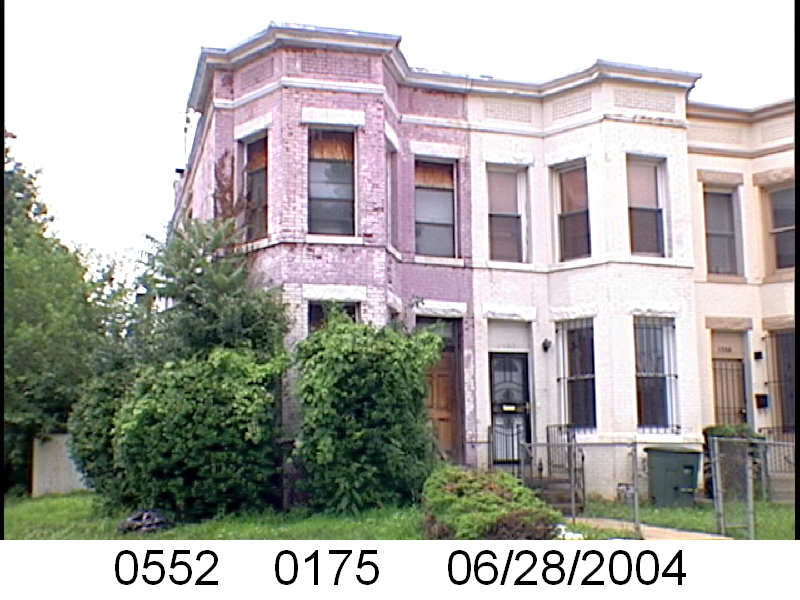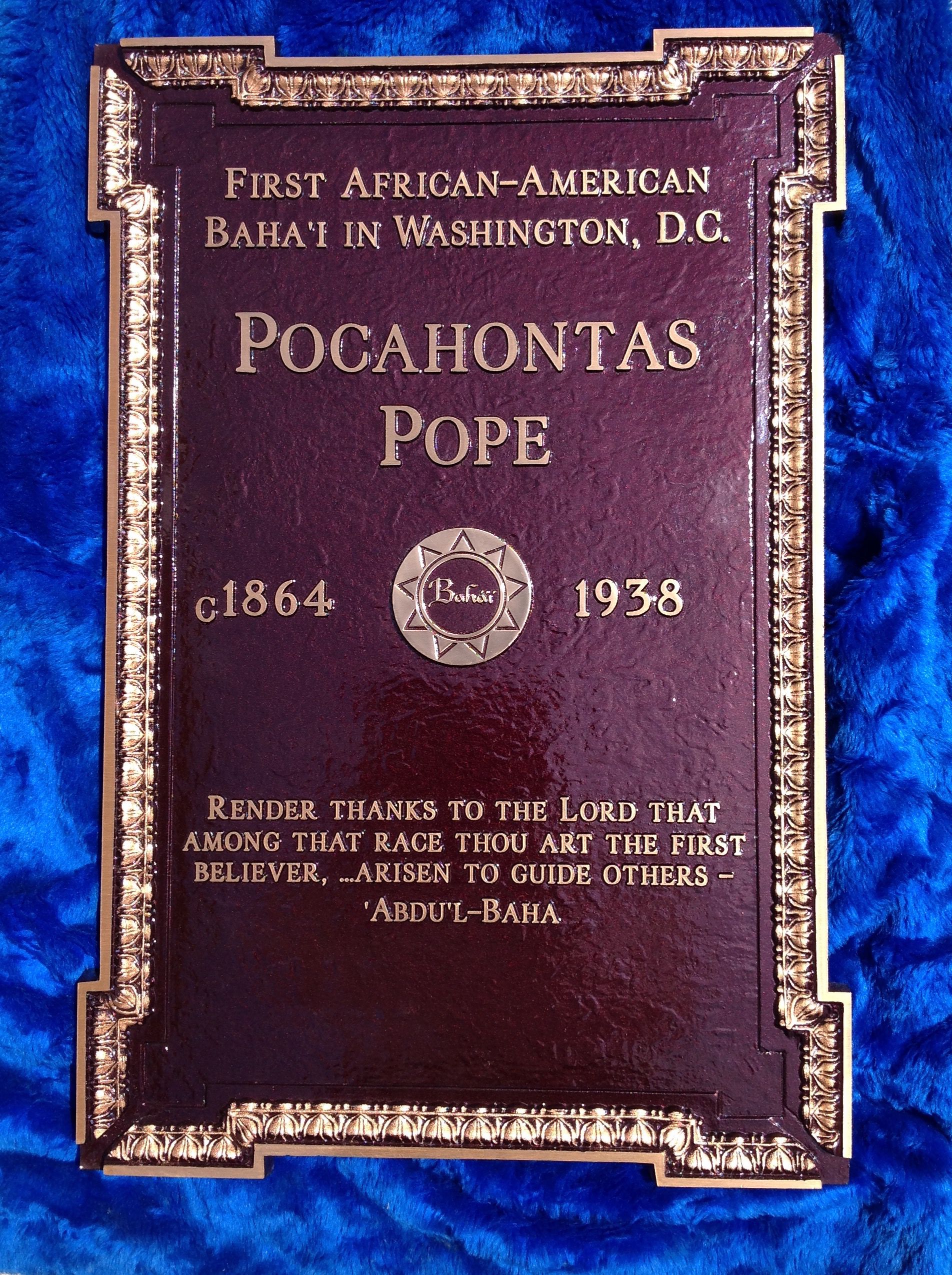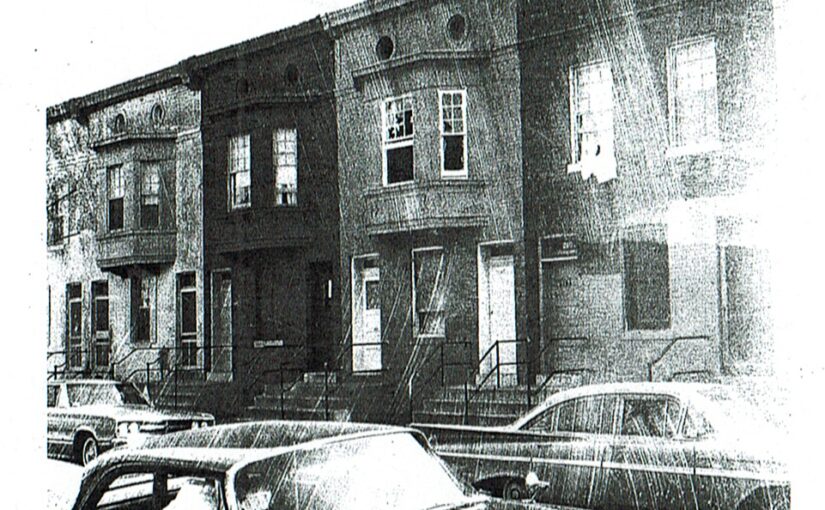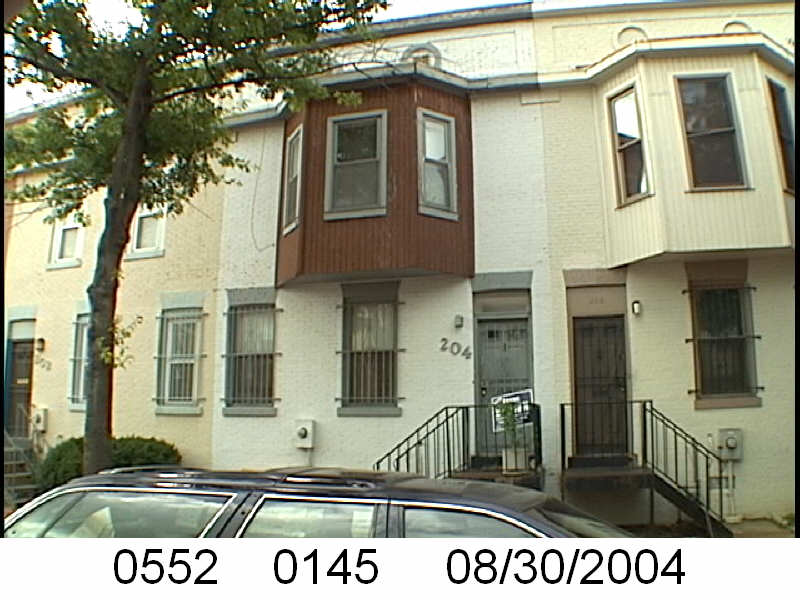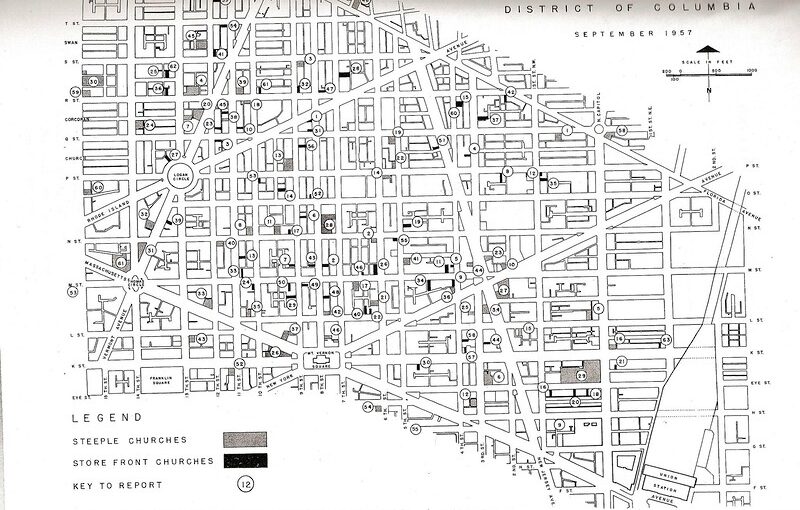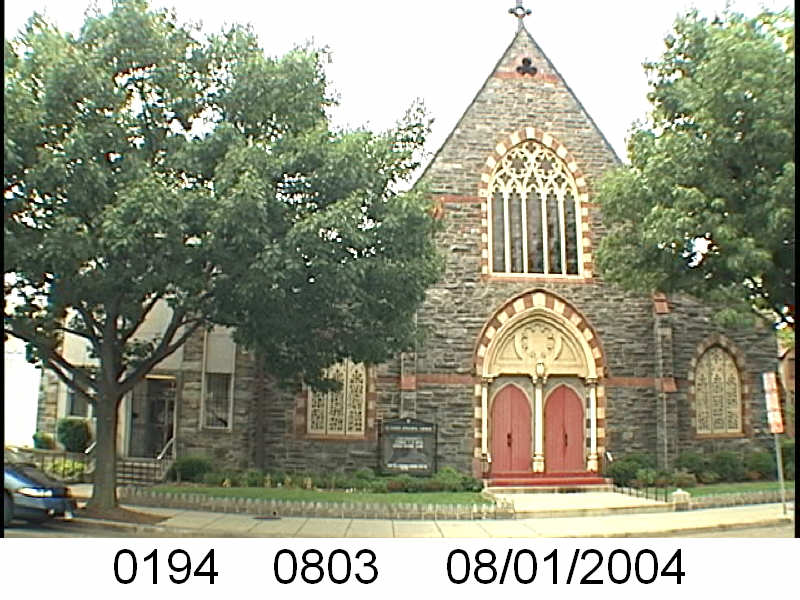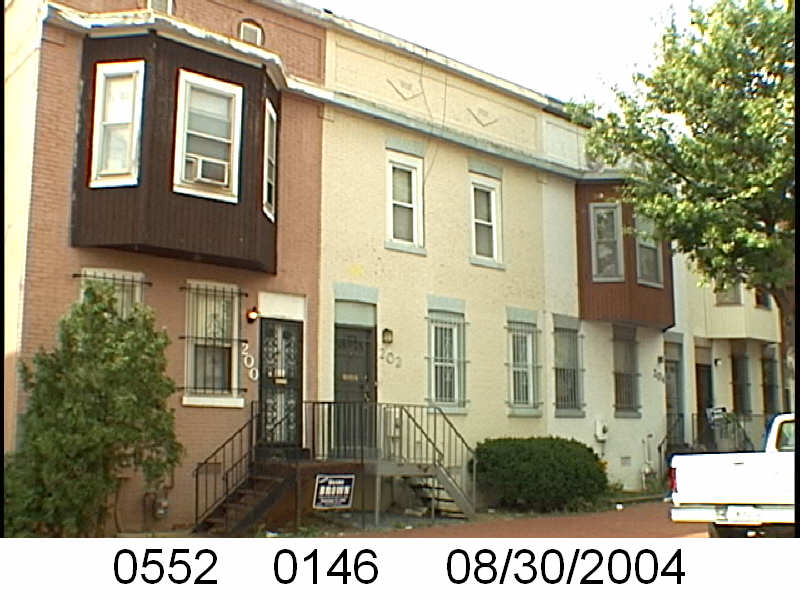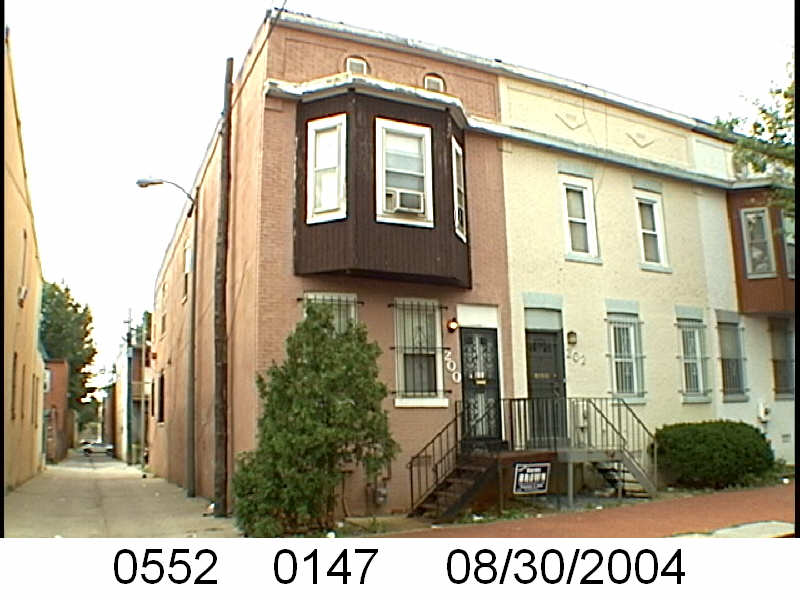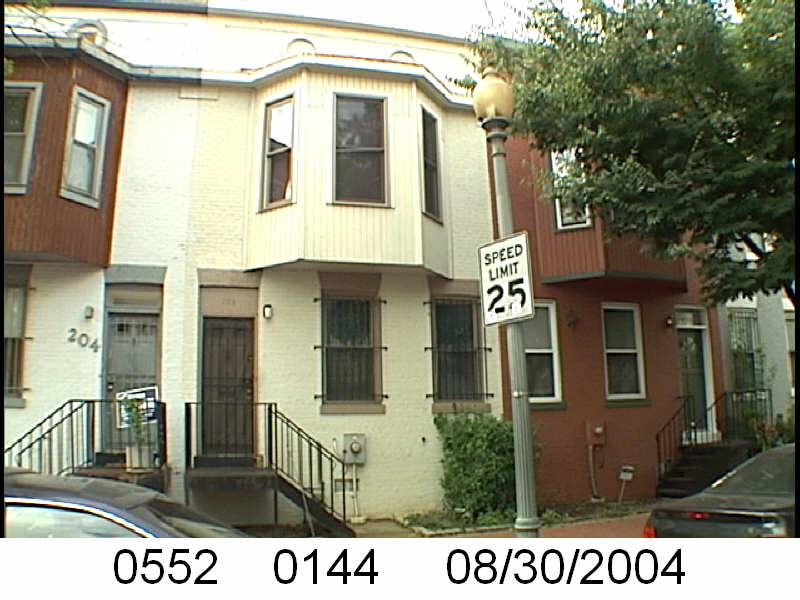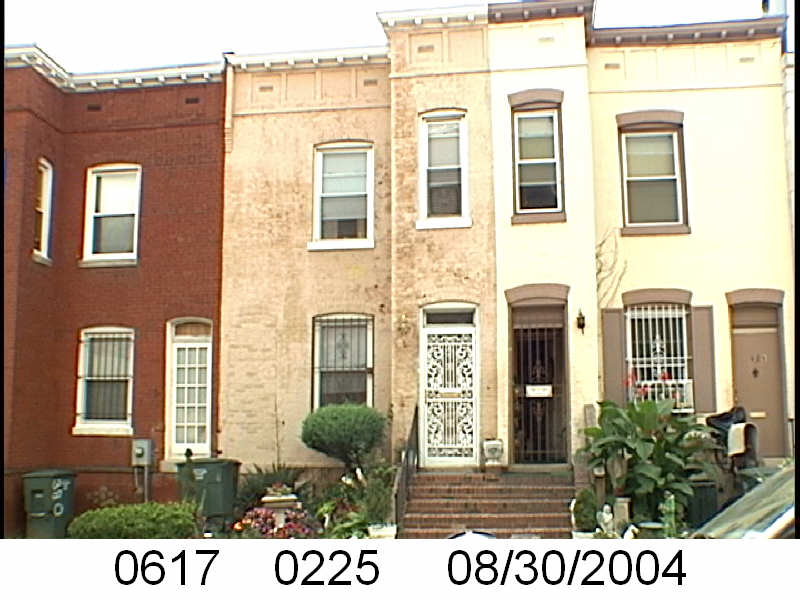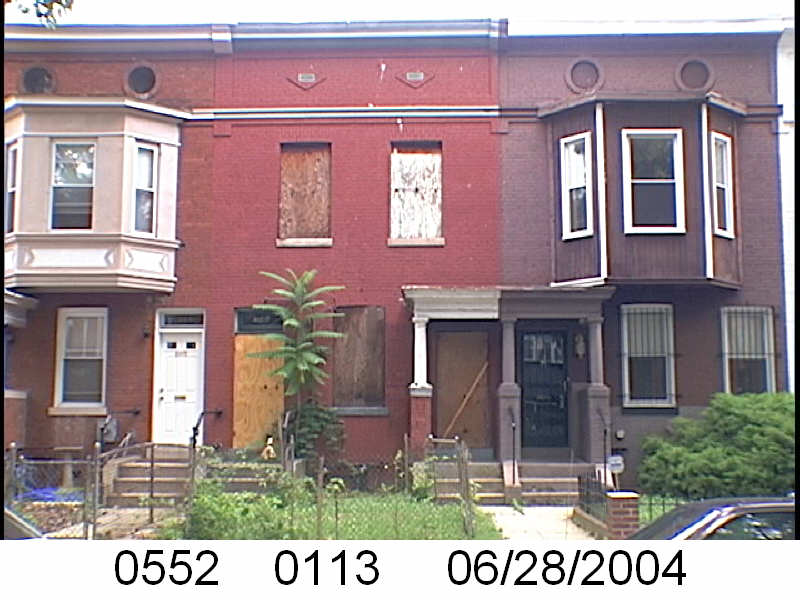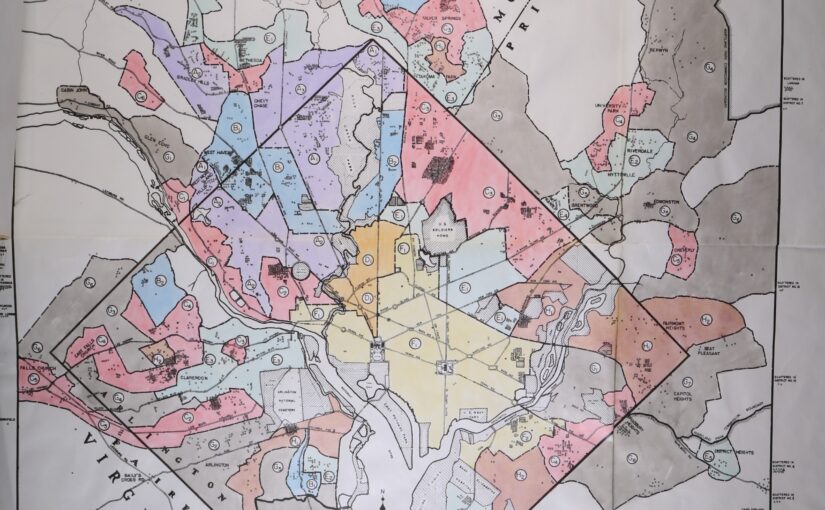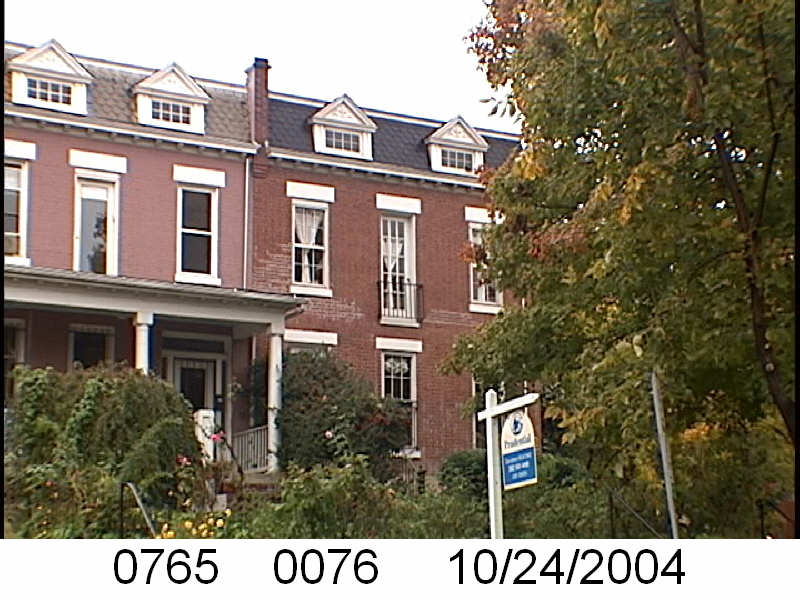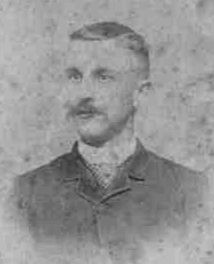The Washington Sanitary Improvement Company (WSIC) was a late 19th century charitable capitalism experiment that ended in the 1950s. This blog started looking at the homes that were supposed to be sold to African American home buyers, after decades of mainly renting to white tenants.
Looking at WSIC properties they tend to have a pattern where the properties were sold to a three business partners, Nathaniel J. Taube, Nathan Levin and James B. Evans as the Colonial Investment Co. for $3 million dollars. Those partners sold to African American buyers. There was usually a foreclosure. Then the property wound up in the hands of George Basiliko and or the DC Redevelopment Land Agency (RLA). Then there were the odd lucky ones who managed to avoid that fate.
Let’s see what happens with 210 Bates St NW:
- January 1951 Evans, Levin and Taube sold one-half of 210 Bates NW to Morgan S. Brown Sr and his wife Herberth C. Brown.
- January 1951 the Browns borrowed $2,900 from Colonial Investment Co. favorite trustees Abraham H. Levin and Robert G. Weightman.
- December 1950 (recorded Jan 18, 1951) Evans, Levin, and Taube sold the other half of 210 Bates St NW to Ozell and Juette Leathers.
- December 1950 (recorded Jan 18, 1951) the Leathers borrowed $2,900 from trustees Abraham H. Levin and Robert G. Weightman.
- August 1959 the Browns were released from their mortgage.
- January 1961, the Leathers lost their half to foreclosure and ownership returned to Colonial Investment Co partners Harry A. Badt (Levin died), Evans and Taube.
- November 1961, as part of a large package, Badt, Evans, Taube, Nathan Levin’s survivors and their spouses, sold the foreclosed half of 210 Bates St NW to Sophia and George Basiliko.
- October 1971, the Basilikos and widow Herberth C. Brown sold 210 Bates to the DC Redevelopment Land Agency (RLA).
- August 1979 the DC RLA, as part of a larger property package, sold 210 Bates to private partner Bates Street Associates, Inc.
This is another sad WSiC story, with a foreclosure in 1961. Of course the foreclosed property was sold to notorious landlord George Basiliko. He sold his half, as well as Mrs. Brown, to DC RLA which then passed it on to the Bates Street Associates.
I looked for the Leathers, and found them. Apparently Juette gave in and accepted the conventional spelling of her name. Juliette Leathers died last year on January 15, 2022 and is buried in the same section of Quantico National Cemetery as her husband Ozell Sr. who died a few years earlier in 1999. Before dying they lived at and owned 1123 46th Pl SE, a modest little duplex. They bought the house in SE DC in 1978 so they were able to recover from that set back.

